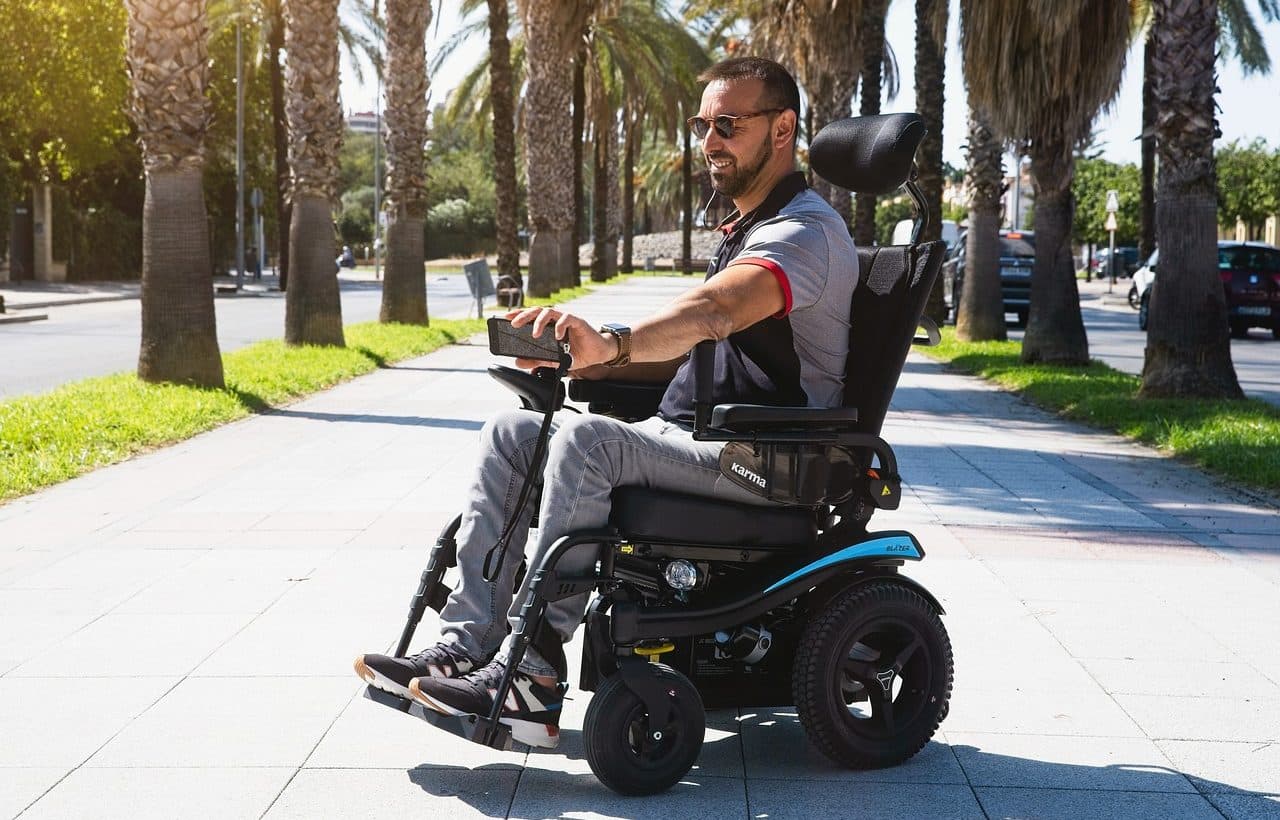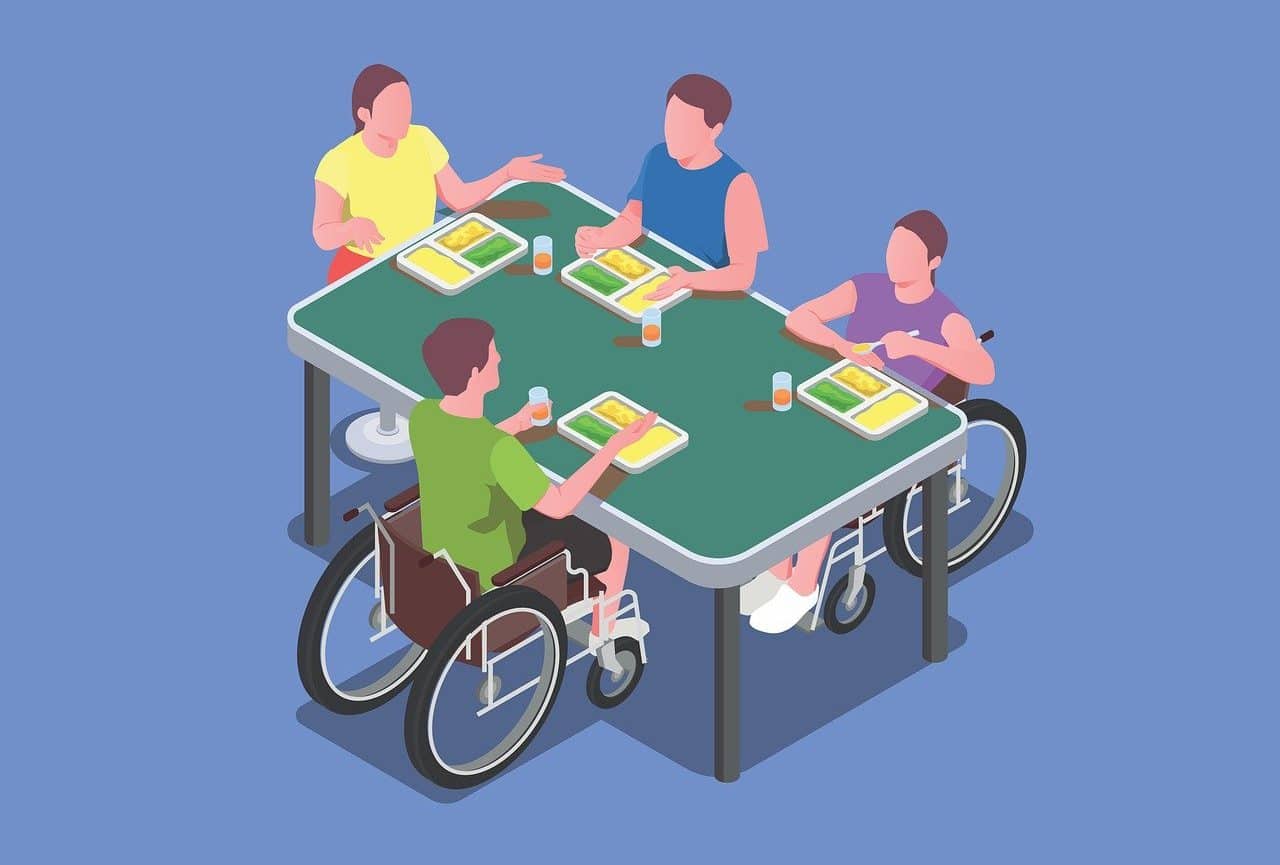
Paraplegia involves paralysis of the lower region of the body.
Paraplegia is what a person suffers when the lower region of their body is paralyzed by some type of damage. The term, also accepted in our language as paraplegia , comes from the Latin paraplexia , in turn derived from a Greek word.
This paralysis can be caused by hereditary or acquired disease, a spinal cord injury or a tumor. For example: "The singer has suffered from paraplegia since he had an accident with his small plane" , "Having paraplegia does not prevent him from carrying out sports activities" , "The man hit by the drunk driver was left with paraplegia" .
Origin of paraplegia
Paraplegia can be caused by trauma . A gunshot, a traffic accident, or a fall from a considerable height are situations that can damage the spinal cord, either by compressing it or cutting it. The problem in the marrow can also occur due to the growth of a tumor that compresses it.
People who suffer from multiple sclerosis or transverse myelitis can also become paraplegic. Because of this condition, individuals experience major problems getting around (usually having to resort to a wheelchair) and may suffer from intestinal disorders, incontinence and impotence.
Paraplegia, on the other hand, can cause side health effects, such as pneumonia or thrombosis. This is due to the inability to move normally, which atrophies the organism. To minimize the possibility of these effects appearing, physical therapy is a good alternative.
The late pornographic editor Larry Flynt and the musician Herbert Vianna are two personalities with paraplegia. Many paraplegic athletes, on the other hand, are famous for their achievements in the Paralympic Games.

Work must be done to promote the integration and autonomy of people with paraplegia.
A type of genetic disorder
Hereditary spastic paraplegia is a group of genetic degenerative disorders that affect the spinal cord. It is characterized by causing great rigidity and excessive muscle tone in the legs, as well as by overloading the muscles.
To diagnose hereditary spastic paraplegia, it is first necessary to carefully examine the family and personal history, in addition to performing a complete physical examination and evaluating any findings that may be related to the symptoms generally associated with these diseases: reduced vibratory sensation of the feet; difficulties in dorsiflexion of the foot (rotation of the foot that brings the toes closer to the shin); feeling of weakness; spasticity (spasms that manifest muscle hypertonia) and stiffness in the legs; difficulties walking and moving the hip.
In addition to these procedures, it is also possible to carry out complementary tests, such as DNA analysis, for which a blood extraction is necessary. It is worth mentioning that this last practice is not widespread, given that certain genetic mutations make it difficult to detect the disease in some families. There are diseases with similar symptoms, and therefore the most recommended path includes several complementary tests to be able to define the condition precisely and begin to act appropriately.
Regarding the treatment of hereditary spastic paraplegia, medicine usually relies mainly on physiotherapy, always maintaining frequent control of the symptoms . Unfortunately, there is no way to stop or alter the modification of these disorders; However, treatment with baclofen, a medication that relaxes skeletal muscles, usually gives very good results against spasticity.
Other drugs used in these cases are: diazepam, one of the best-known types of benzodiazepine (a psychotropic medication); dantrolene (helps with muscle relaxation); and zanaflex (acts against muscle spasms). It should be noted that people with difficulty controlling the urinary bladder suffer from spasticity in this organ, and to avoid this complication, doctors usually administer oxybutynin (a muscle relaxant).
